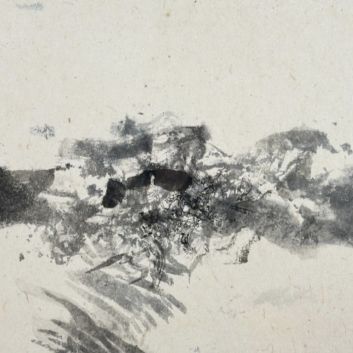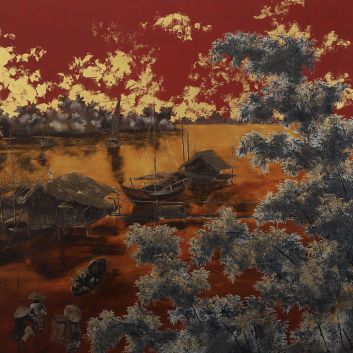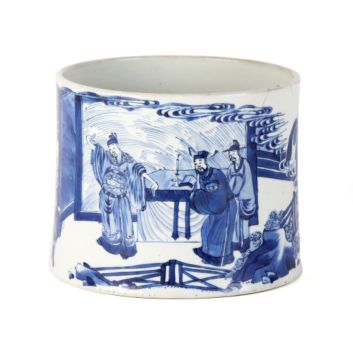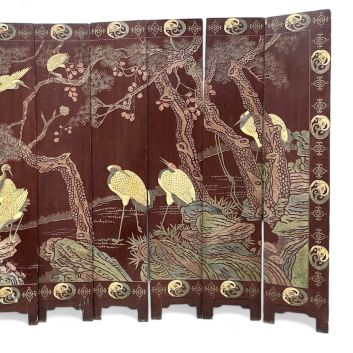Rating and value of Vietnamese lacquer panels
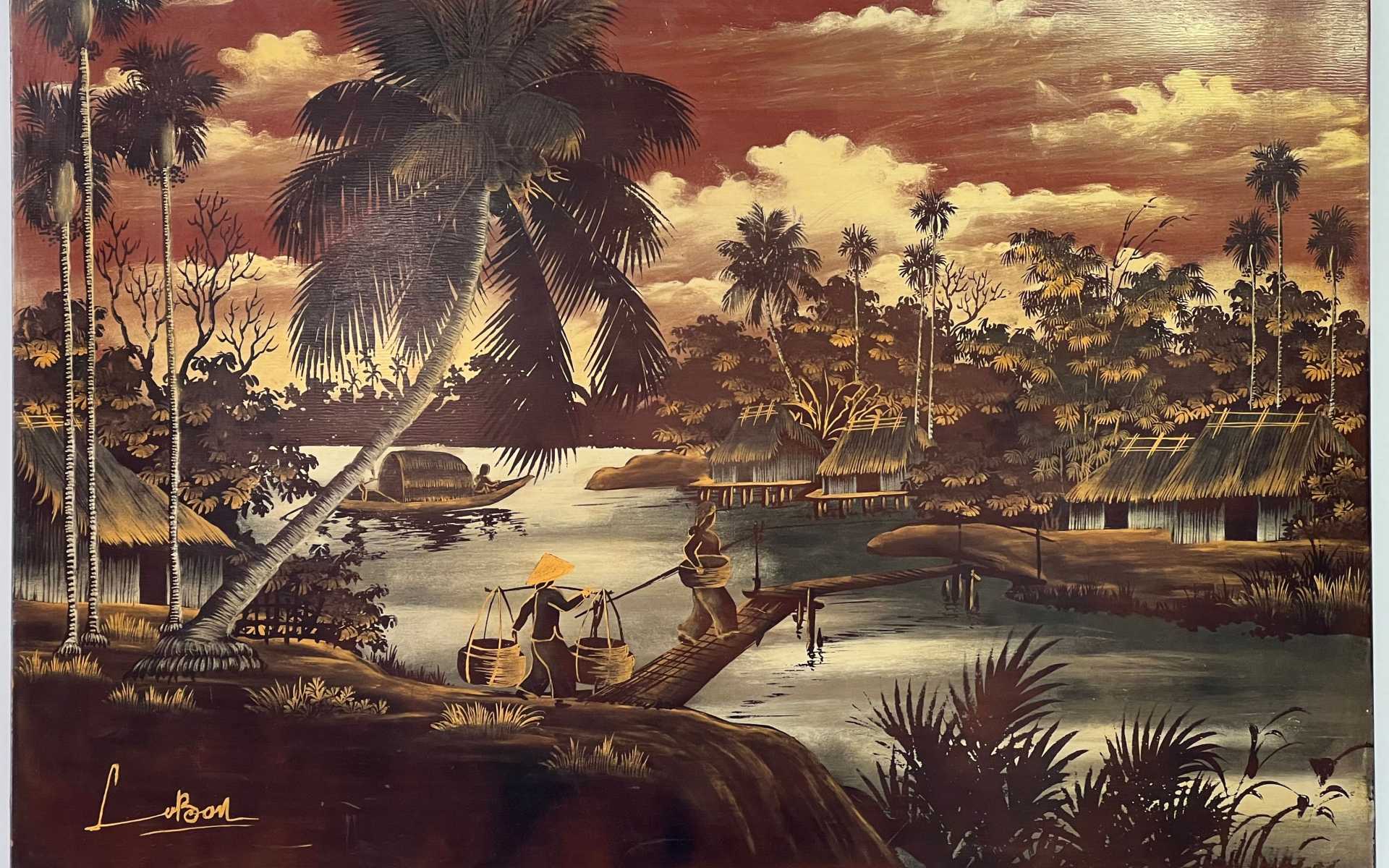
If you own a Vietnamese lacquer panel, and would like to know its value, our state-approved experts and auctioneers can offer you their expert appraisal services.
Our specialists will carry out a free appraisal of your work, and provide you with a precise estimate of its current market value.
Then, if you want to sell your work, we'll point you in the right direction to get the best possible price for it.
Rating and value of Vietnamese lacquer panels
Vietnamese lacquer panels are very popular at auction, whatever the period. There are many works from the 20th century.
These works are now fetching unprecedented prices from auctioneers' gavels. They are particularly prized by Vietnamese buyers.
The price at which they sell on the art market ranges from €10 to €19,000, a considerable delta but one that speaks volumes about the value that can be attributed to Vietnamese lacquer panels.
In 2020, a lacquer panel byAlix Aymé sold for €19,000, whereas its estimate was between €3,000 and €4,000.
Order of value from a simple work to the most prestigious
Object | Results |
|---|---|
20th century Vietnamese lacquer panel | From €10 to €19,000 |
Response in less than 24h
The origins of Vietnamese lacquer paints
Vietnamese lacquer panels are rooted in ancestral know-how handed down over the centuries.
From the 13th century onwards, Vietnam, while influenced by China, forged its own lacquer art, gradually distinguishing itself from Chinese methods by adding local features.
Resin, extracted from tropical trees, is combined with materials such as mollusc shells, sand and sometimes gold.
This mixture is worked in a long and meticulous process, sometimes lasting several months, to create perfectly smooth, brilliantly shiny panels.
From the 17th century onwards, under the Nguyễn dynasty, Vietnamese lacquer reached an unrivalled level of refinement.
Vietnamese craftsmen succeed in virtuously blending painting and relief carving, giving rise to richly detailed motifs.
Vietnam's unique iconography combines Buddhist symbolism, mythological scenes, landscapes and natural elements, all in a rich palette of colors and materials.
The evolution of Vietnamese lacquer takes shape in lively scenes full of movement, where figures and natural elements are fluidly superimposed.
Used to decorate palaces, elite homes or temples, these panels are not only decorative, but also spiritual, expressing a deep connection between Vietnamese culture and natural and supernatural forces.
The lacquering technique, which started out relatively simple, became more complex in the 18th century, giving it a central place in Vietnamese decorative art.
This period marked a major turning point, with Vietnamese craftsmen reinterpreting Chinese traditions to infuse lacquer with an aesthetic specificity that is still present in contemporary works.
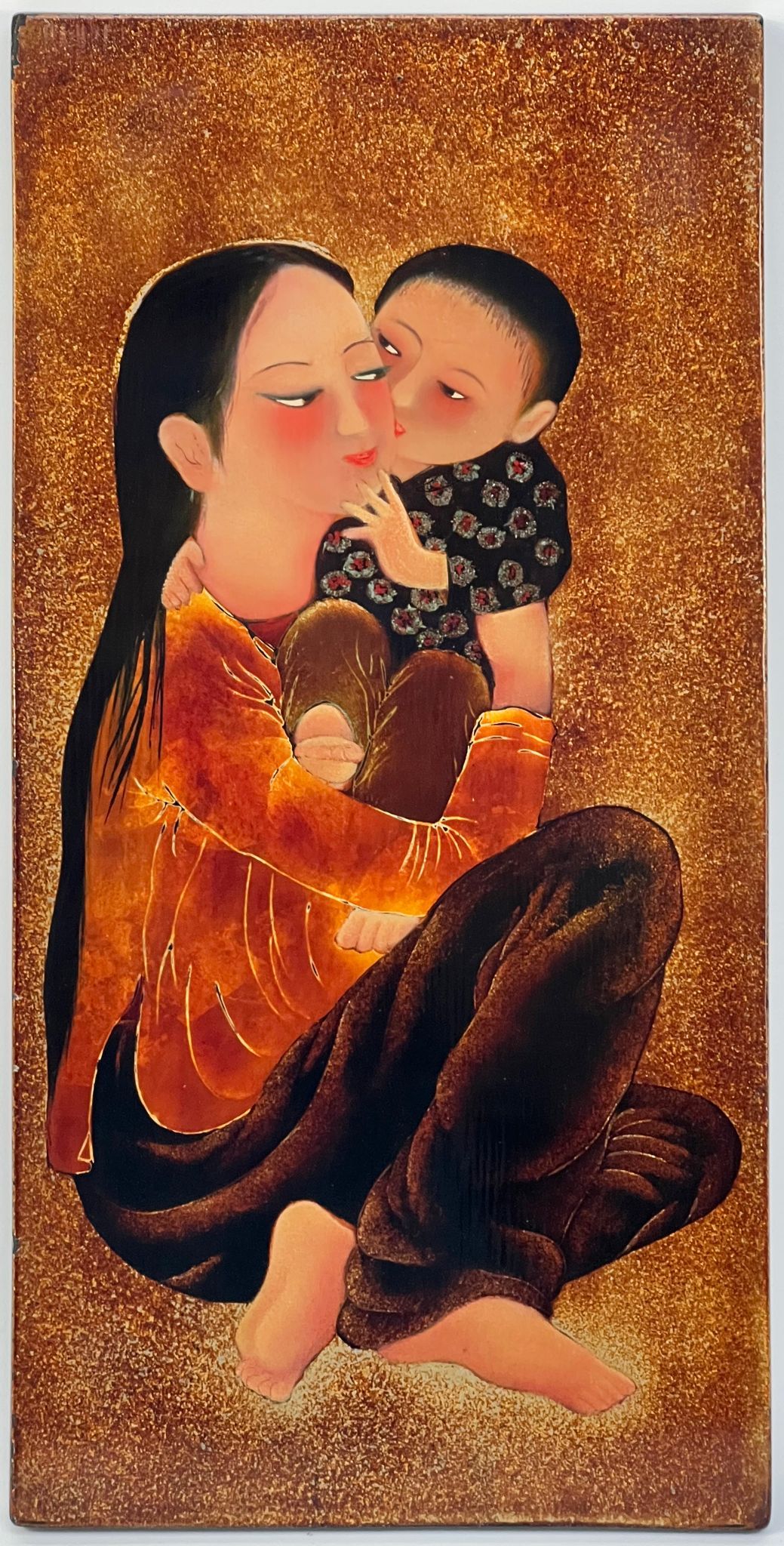
Vietnamese lacquer painting techniques
Vietnamese lacquer panels, like many traditional decorative arts, have succeeded in transforming an ancient technique into a refined and distinctive art form.
By the 13th century, the influence of China was making itself felt, but it was in Vietnam that lacquer took its own path, enriching it with local characteristics that make it unique.
Vietnamese craftsmen have not simply adopted Chinese lacquer-making methods; they have systematized the use of materials such as resin, sand and mollusc shells, and given them a new dimension.
Their works, often consisting of multiple layers of lacquer, go through a painstaking polishing process, sometimes lasting several months, which produces an intense shine.
It's not simply the lacquer technique that stands out, but the way it has been codified and transformed to incorporate decorative and symbolic elements of unprecedented richness.
Mythological, Buddhist or nature-inspired scenes are juxtaposed with astonishing fluidity, both geometric and organic, creating a dynamic between depth and surface.
These panels thus become more than mere decorative objects: they embody a vision of the world, a perception of the sacred and the everyday.
Looking at these works, we can see the roots of this art in ancient traditions, but it's in the modern interpretation of these techniques that Vietnamese lacquerware really comes into its own.
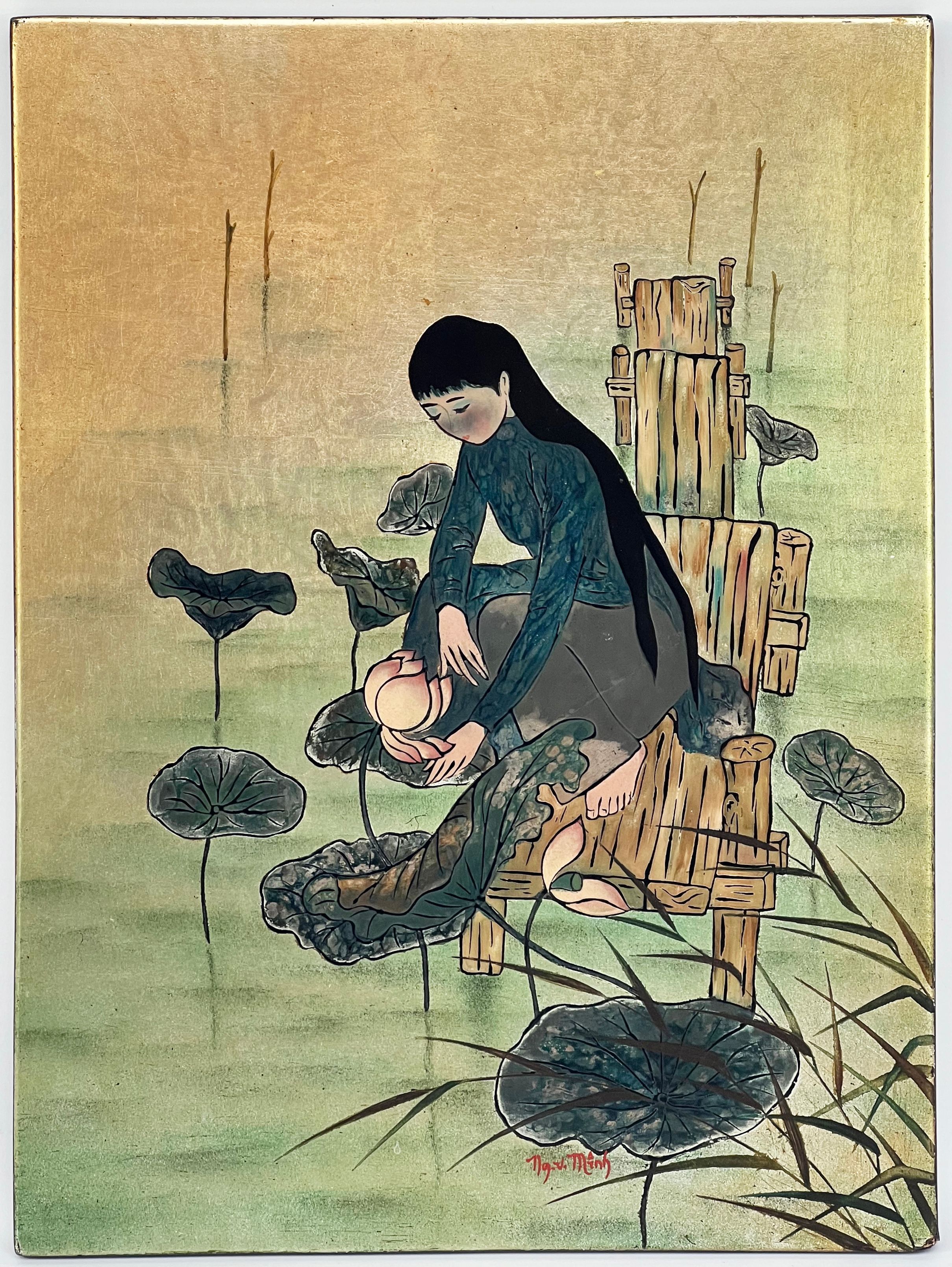
Meaning and symbolism of Vietnamese lacquer paintings
Vietnamese lacquer paintings are more than just works of art, they also carry deep cultural and symbolic meaning. Every motif and every color has a special meaning.
For example, yellow symbolizes royalty and power, while red is associated with luck and prosperity.
Lotus flower, carp and dragon motifs are common in Vietnamese art, and also carry specific symbolic meanings.
Lacquer paintings are also used to tell stories and perpetuate Vietnamese legends. According to the country's mythology, the Vietnamese are descended from a dragon and a mountain nymph.
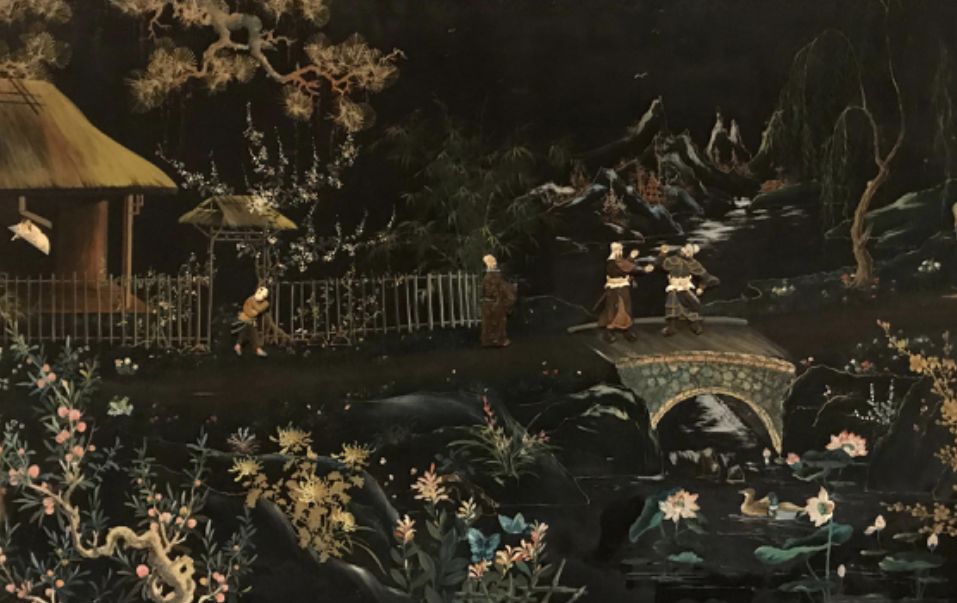
The living heritage of Vietnamese lacquer painting
Today, the art of Vietnamese lacquer painting continues to flourish, passed on with passion from generation to generation by meticulous craftsmen.
They strive to keep ancestral techniques alive while integrating contemporary touches, breathing new life into this ancient art.
Through this fusion, Vietnamese lacquered art manages to reinvent itself, appealing to an ever-wider audience, both local and international.
Lacquered paintings are now an emblem of Vietnamese cultural identity, occupying a central place in the country's artistic heritage.
Their reach extends far beyond the borders of Vietnam, capturing worldwide attention for both the beauty of their compositions and the richness of their history.
Ultimately, Vietnam's lacquered paintings are a living treasure that bear witness to the country's soul and history.
Their refinement, profound symbolism and unique aesthetics continue to fascinate and captivate, embodying the ingenuity and talent of Vietnamese craftsmen through the ages.
Focus on Young Woman in the Garden, Nguyen Gia Tri
With The Young Woman in the Garden, Nguyễn Gia Trí goes beyond mere ornamentation to elevate Vietnamese lacquerware to an autonomous, modern art form.
This work is structured around the slender figure of a woman, barely sketched, but anchored in a harmony where nature and abstraction coexist.
The background, saturated with foliage and plant motifs inlaid with gold and silver leaf, creates a luminous framework that captures and diffracts light.
The surface, polished with extreme meticulousness, becomes a vibrant stage where every detail contributes to an almost musical aesthetic.
Nguyễn Gia Trí doesn't just extend Vietnamese craft traditions: he transcends them.
Playing on subtle contrasts between shadow and shine, mattness and brilliance, he creates a work in which the accumulation of layers of lacquer evokes sculptural work, a patient and skilfully mastered superimposition.
Far from being a mere ornament, the use of metallic leaves structures the space and imposes a rhythm, affirming a modernity that borrows as much from symbolism as from European modernism.
This work marks a breakthrough: it frees lacquer from its purely decorative functions and turns it into an artistic medium in its own right.
More than a panel, Young Woman in the Garden becomes a manifesto, reconciling the formal richness of traditional Vietnam with the aesthetic ambition of contemporary art in search of the universal.
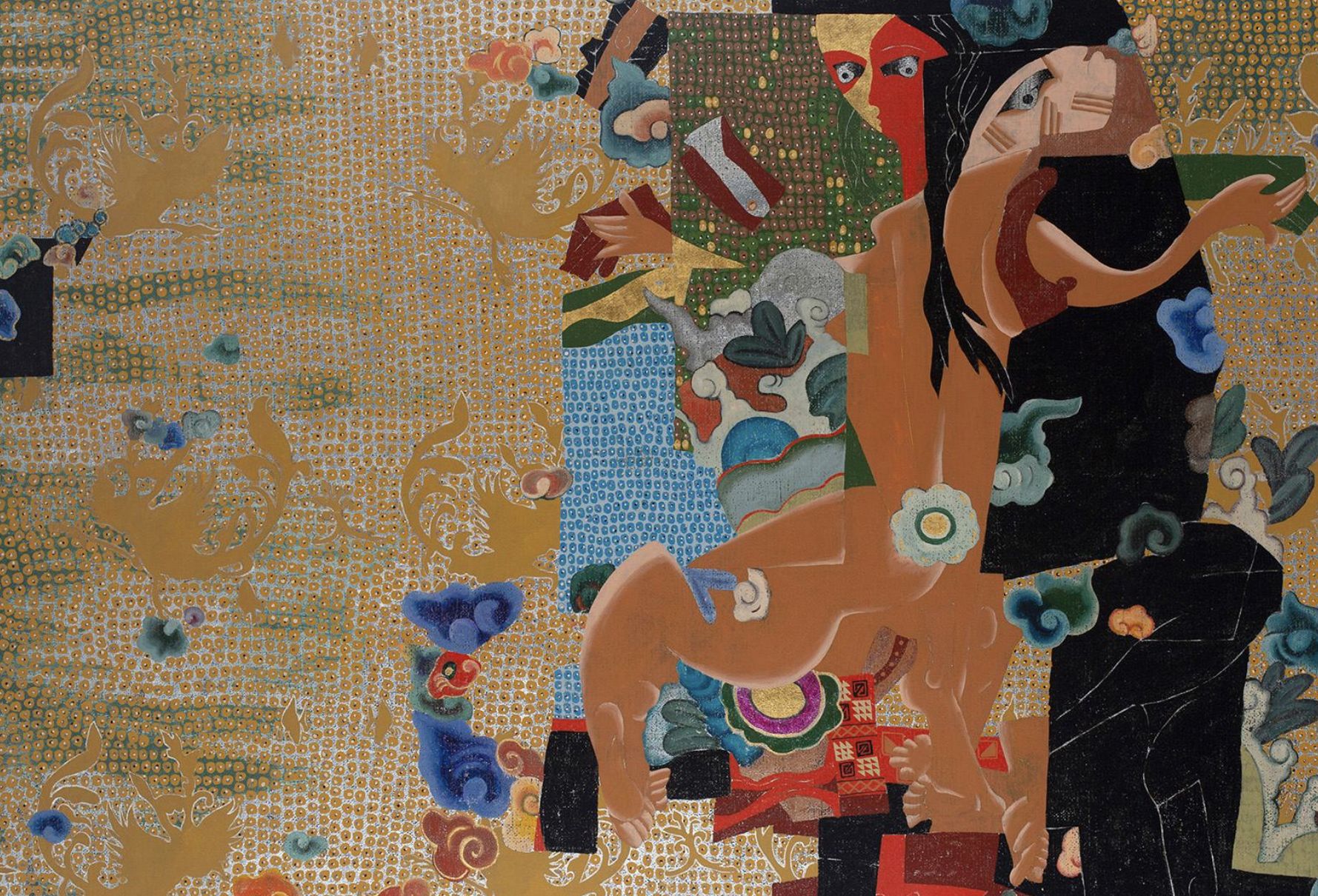
The success of Vietnamese lacquer panels on the art market
On the art market today, Vietnamese lacquer panels have established themselves as masterpieces, coveted as much for their technical refinement as for their historical aura.
Their success lies in their unique ability to combine the age-old tradition of meticulous craftsmanship with the aesthetic aspirations of modern, universal art.
Creations by masters such as Nguyễn Gia Trí or Phạm Hậu fetch record prices at international auctions, testifying to a growing craze.
This phenomenon is not limited to the rarity of these works: it is rooted in a fascination with the luxurious materiality of the panels, with their mirrored surfaces, and with their narrative depth, which reinvents Vietnamese cultural motifs in a perspective that is both intimate and monumental.
This rise also reflects a broader movement, that of recognizing Asian decorative arts as expressions in their own right, capable of rivaling Western painting and sculpture.
Dating your lacquer panel
The lacquer panels on the auction market almost all date from the 20th century, and were produced after the creation of the Indochina School of Fine Arts, founded in 1925 by the French colonial government, with French artists moving to Vietnam, such as Victor Tardieuin cooperation with Nguyen Nam Sona Vietnamese artist.
Response in less than 24h
Knowing the value of a work
If you happen to own a Vietnamese lacquer panel, or if you think your object might be one, don't hesitate to ask for a free estimate using the form on our website.
A member of our team of experts and certified auctioneers will contact you promptly to provide you with an estimate of the market value of your work, as well as any relevant information about it.
If you wish to sell your work of art, our specialists will also be on hand to help you sell it at the best possible price, taking into account market trends.
Related topics
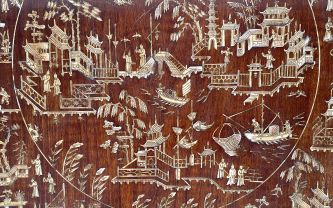
Get a free estimate for your Chinese furniture
Chinese furniture is in great demand on the French and American auction markets. You may be unaware of its value - get it appraised!
Read more >
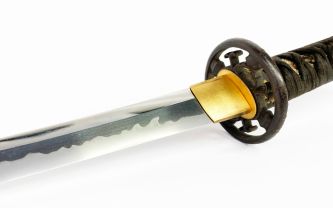
Value and rating of Japanese swords: katanas, wakizashi, tanto
Japanese swords are collector's items, highly prized by French buyers. If you don't know their value, have them appraised.
Read more >
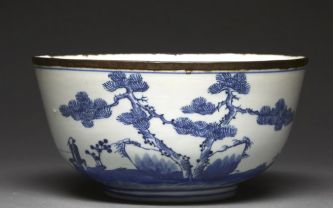
Rating and value of Hue porcelain from Vietnam
Vietnamese porcelain is a highly prized collector's item at auction, and is highly valued. Estimates within 24 hours.
Read more >
Secure site, anonymity preserved
State-approved auctioneer and expert
Free, certified estimates
